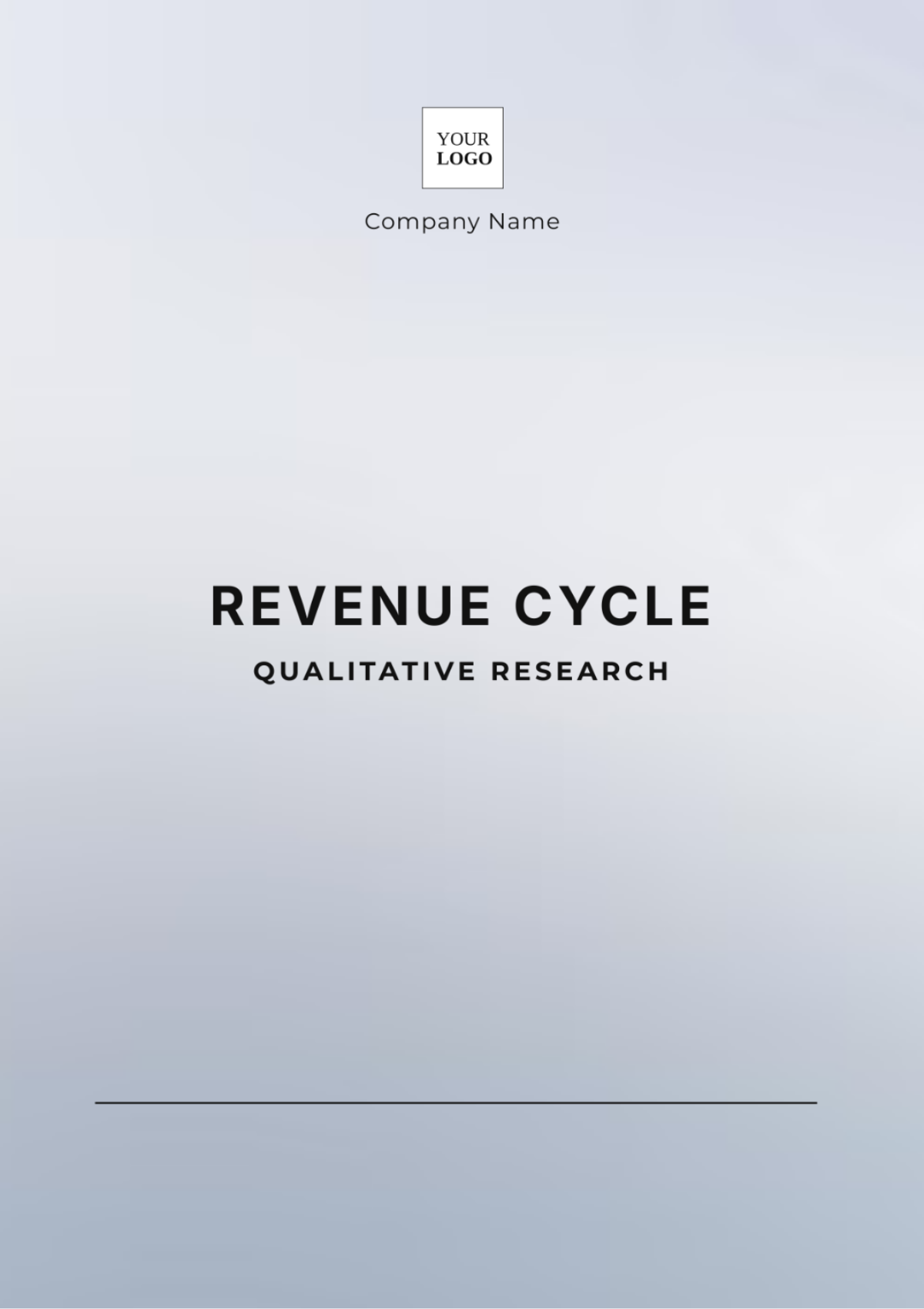Free Revenue Cycle Qualitative Research
Enhance your research with Template.net's Revenue Cycle Qualitative Research Template. This editable and customizable template includes sections for research objectives, data collection, revenue analysis, and thematic insights. Editable in our AI Editor Tool, it offers a structured framework for conducting qualitative research on revenue cycle management, ensuring a thorough and organized presentation of findings.






























